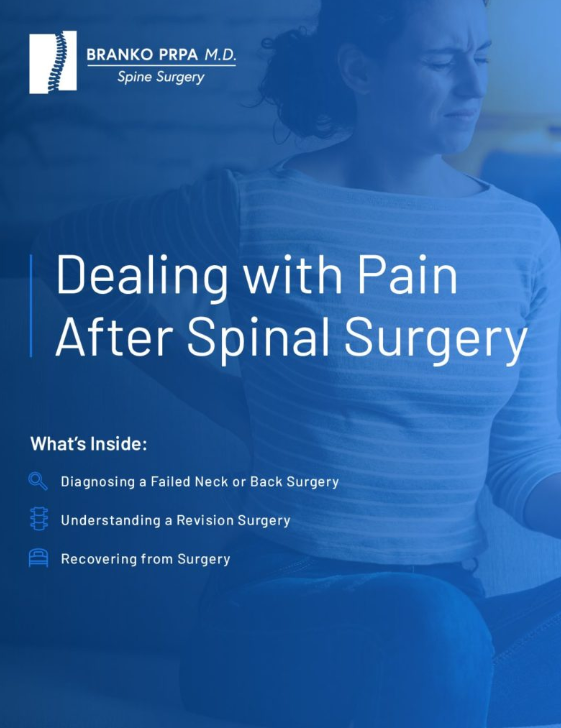Types of Spine Surgery
What types of spine surgery are available to help you alleviate suffering from pain?
The spine is literally your support system, holding your body up. It also provides crucial support, stability and flexibility that allows us to stand, walk and run. Having spinal surgery is no simple procedure and there are various options you can choose from in hopes of alleviating the pain. Below is a list of common spinal surgeries with its benefits and risks associated to each type of spine surgery.
The Most Common Types of Spine Surgery and Their Risks & Benefits

Spinal fusion
One of the most common types of spine surgery, spinal fusion surgery essentially “wields” two vertebrae together, creating one bone to prevent movement between the two bones. There are two types of spinal fusion surgery: the Anterior lumbar interbody fusion and Posterior fusion, the former being a procedure performed through an incision in the abdomen and the latter through the lower back. Both surgeries range from 2-5 hours and 2-5 days of recovery before leaving the hospital.
Benefits of Spinal Fusion Surgery:
- Alleviates back pain caused by fractures, infection or scoliosis, among others.
- Improves vertebrae stability and corrects deformities
Risks/limitations:
- The fusion provides less flexibility and prevents surrounding nerves, ligaments and muscles from fully stretching.
- Includes risk for post-surgery complications such as bleeding, nerve damage, infection and Pseudoarthrosis (unsuccessful spinal fusion).
Discectomy
Another of the more common types of spine surgery, a discectomy is a decompressive, surgical procedure where the herniated or damaged disc pressing on nerves is removed. Depending on the severity of the injury, one disc or more may be removed. In rare cases a spinal fusion might be performed simultaneously to help stabilize the spine.
The operation normally lasts 1-2 hours and patients can normally go home the same day as the surgery. Recovery time ranges from 1-4 weeks, depending on health and ferocity of the rehab. If your job requires heavy lifting or operating heavy machinery, the recovery time of at least 8-12 weeks.
Discectomy Benefits:
- Treats pain that radiates through arms and legs
- Good results are achieved in 80-90 percent of patients
- Generally provides faster pain relief and improvement than non-surgical treatment
Risks/limitations:
- Recurrences of back pain are common
- 5-15 percent of patients will get a recurring herniated disc
- Discectomy-specific complications include nerve damage, persistent pain and Deep Vein Thrombosis (DVT)
Vertebroplasty and kyphoplasty
What is it? Vertebroplasty and kyphoplasty are minimally invasive procedures, classified under the category of “vertebral augmentation” used to treat vertebral compression fractures, mainly caused by osteoporosis or a collapse of the vertebrae. The doctor inserts a needle into the vertebrae that fills it with either cement (vertebroplasty) or inserts a balloon-like instrument to create space between the bone to fill with cement (kyphoplasty). For the most effective results, the surgery should be completed within eight weeks of the fractures.
Unless multiple vertebrae needs to be operated on, the procedure normally takes about one hour to complete. Patients normally are allowed to return home the day of the procedure, but can be kept for an extra day or two for precautionary reasons.
Benefits
- 75 percent of patients regain lost range of motion, allowing them to become physically active again
- Pain relief can be almost immediate for some patients
- Due to the minimally invasive nature of the procedure, you can walk out of the hospital the same day as the procedure
- The surgeries are widely regarded as safe and effective
Risks/limitations:
- Common, but not often, risks include bleeding, infection, numbness and tingling
- The cement injected in the vertebrae may leak out
- This surgery is not suitable for injured patients who are young or have healthy bones
Spinal surgery itself can be complicated, but the information about it is not. If you or a loved one is in need of spinal surgery, education is an important step in becoming aware of the benefits and risks that come, whether minor or major.
Not Sure Which of These Types of Spine Surgery is Right For you?
Schedule a consultation with renowned spine surgeon and back specialist Dr. Branko Prpa to learn

